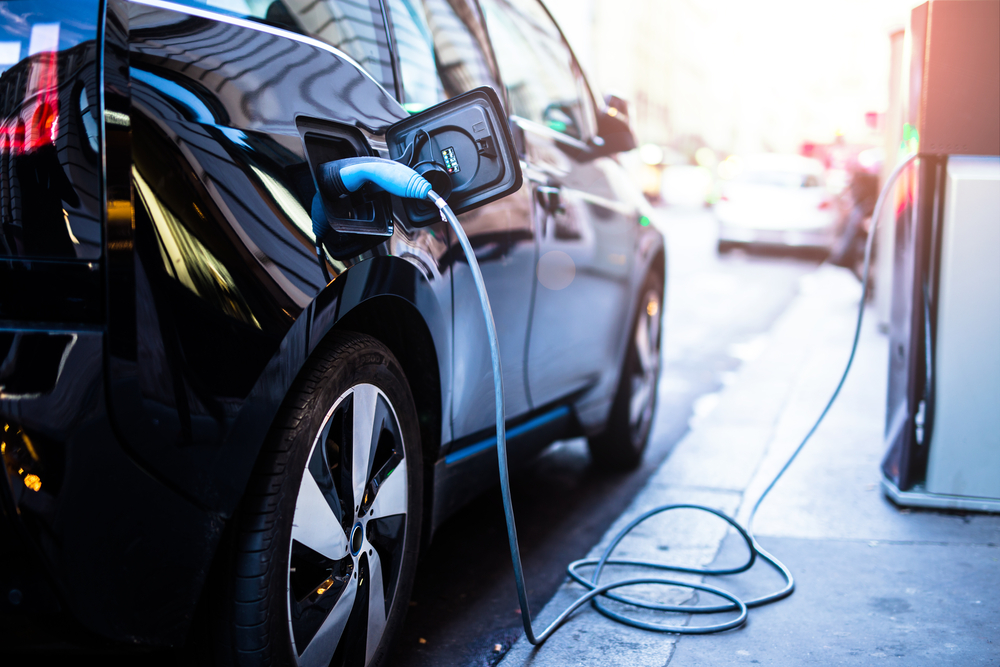
Parking and Sparking: The Ultimate Guide to Electric Vehicle Charger Installation
Have you ever considered what goes into the process of electric car charger installation? The automotive industry has seen a lot of considerable changes throughout the 21st century. From advancements in car tech to the ever-expanding use of electric and hybrid vehicles, the role of the electrician in today’s automotive industry has never been larger. With that said, there is a learning curb associated with this kind of work, and given the relatively new nature of this technology, especially in Australia, many are still unaware of the need for and process of electric car charger installation.
At All Electrics, we pride ourselves on our adaptability and expansive array of skills in the electrical industry. Because of this, we do our best to ensure that all our electricians are well-versed in as many forms of emerging electrical technologies and installation procedures as possible, which brings us to today’s blog topic!
So, what goes into electric car charger installations, and what do said stations involve in practical terms?
First thing’s first:
What is an Electric Car?
Put simply, an EV, or electric vehicle, is a vehicle that relies on electricity, either fully or partially, to run. Given their lessened reliance on fossil fuels, they are often touted as the more environmentally-friendly, sustainable alternative to traditional petrol-guzzling automobiles. However, given that they are still the minority in terms of cars on the road, there is also less infrastructure in place to allow for their easy usage, meaning that most people will primarily be charging their electric vehicle at home.
How Do Electric Cars Work?
Despite them requiring a bit more electricity than your everyday household appliance, their energy consumption does work in a similar way. Unlike conventional vehicles, which rely on fuel/petrol to run their combustion or compression engines, electric cars take power from charging stations connected to the grid, thereby negating the need for other often less-sustainable energy sources. This power, which can be charged at home or through specialised charging stations which are sometimes set up alongside petrol stations, is then stored in an internal battery for on-road usage.
As this technology becomes more widely used, the need for more electric car charger installations is naturally becoming increasingly urgent. After all, you can’t have people constantly running out of power and stopping on the roads simply because there hasn’t been enough infrastructure put in place to keep them going. But will this mean that we’ll need to increase electricity grid capacities across Australia? Potentially, or we could even have these future electric car charging stations powered by renewable energy sources like solar or even use wind turbines.
Preparing For Electric Car Charger Installation
As you would likely expect, electric car charger installations need to be taken on by licensed professional electricians. After all, these are quite powerful electrical systems that are being hooked up to the grid, and extensive experience and training with electrical systems will be required to perform the installation safely and efficiently.
Before you start work with your preferred electrician, however, you should first work out where your car is most often going to be kept. You don’t want to have everything set up in a location, only to find that it doesn’t make sense for your vehicle at all. Once you have that sorted, your electrician can come and begin determining the best usage setup for your electric car charger installation. This process starts with wattage and electricity type.
Where possible, it’s best to use three-phase power if it is accessible within your building. However, if this cannot be achieved, a 32Amp capacity single-phase connection is also usable. During this part of the process, your electrician will also be able to tell you if any upgrades or additional work will be needed to prepare your home.
Facts to Consider With Your EV Charger Installation
Once the setup has begun, it’s important to start looking at some of the usability factors that need to be considered as the owner of an electric vehicle, and in turn, an EV charging station:
- Your charging station should have a designated cable, and should not be sharing a connection with any other appliances.
- Use a 5-conductor supply cable, as thinner cables may lead to burning and degradation given the amount of power required.
- For safety purposes, each charging station must come with its own residual current device (RCD).
Ensure you have the correct circuit breaker in the correct place. Your circuit breaker should be aligned with the nominal current and must be handled by a licensed electrician.
Whilst this covers some of the simpler safety and handling protocols, your electrician will be able to provide you with more extensive explanations of correct usage and any potential dangers associated with improper use. Just remember that, no matter how advanced the technology, any equipment that requires a high electrical current does pose some risks when correct protocols aren’t followed. So, ensure that you are familiar with the specifications of your system.
As time goes on and technology advances, so too does the electrical industry. It is our job to stay up-to-date with current appliance and technology trends so we can safely provide a full range of electrical services to our customers. So, if you want to stay on top of all the tips, tricks and electrical news we have on offer, explore our electrician blog today for more articles.


